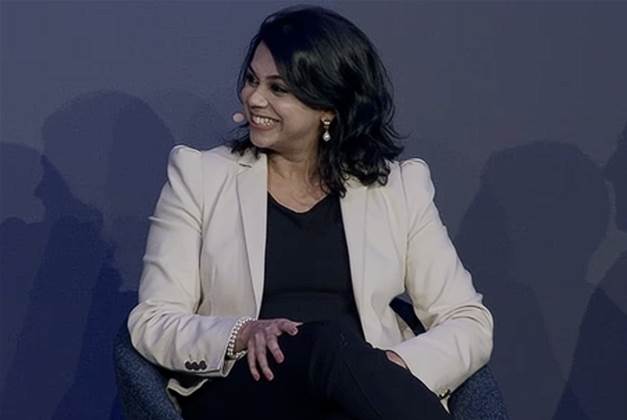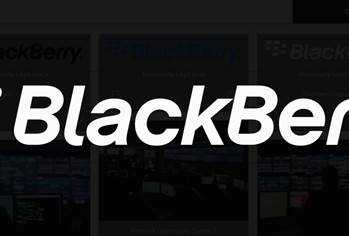ING Bank Australia has digitised its process for pricing and approving discounts to interest rates and for ‘topping up’ home loans, using e-signature technology to reduce processing times.

Acquisition lead for mortgages Tehani Rupasinghe told DocuSign Momentum 25 that the two initiatives were intended to improve customer experience and enable growth in the home lending space.
“We recently digitised our process for pricing discount requests and approvals, as well as our top-up experience for existing home loan customers,” Rupasinghe said.
Mortgage holders often try to renegotiate the interest rate they pay, particularly when rates are falling or when more competitive rates are offered elsewhere in the market.
Topping up, meanwhile, refers to the process of borrowing against a person’s current property.
Rupasinghe said that prior to being digitised, the pricing discounting request process was effectively run out of a shared email inbox that was managed across multiple teams.
“It was working, but there was definitely room for improvement,” she said.
Rupasinghe said that approval delays “of up to two business days” due to the process were normal.
“In a very fast-paced market, that could be quite challenging,” she said.
“Also, as mortgage volumes grew, this process was actually stretching our resources, and we sometimes had to pull product teams away from other strategic work to manage the pricing inbox, which is a true collaborative effort but not the most scalable and sustainable way of working.”
With the process now run digitally, with DocuSign at its core, the bank is now doing same-day approvals, and has doubled its processing capacity.
"We used to only be able to do about 100 a day, and now we can do over 200 a day without the need for additional overhead, so it’s quite significant,” she said. "We’ve really been able to build a sustainable pricing model as a result.
“We’ve also reduced duplication and rework, and we only request additional information from our brokers [for an application] about two percent of the time.”
Meanwhile, the top-up experience for existing home loan customers “used to be [to] print, sign and scan back a PDF or call us directly,” Rupasinghe said.
“Again, it got the job done, but it wasn’t the most efficient way of working.
“I think that process led to errors, sometimes longer turnaround times, as well as high call volumes into the contact centre.”
Rupasinghe said the results of digital transformation of the top-up home lending experience have so far been “really encouraging”.
“Call volumes and handling times are down, and we’ve really been able to reduce our time to submission by about 63 percent,” she said.
“In the direct channel, about 85 percent of our customers are submitting their applications digitally now.”
Rupasinghe said that DocuSign overall is helping the bank “drive scalability, efficiency and enhanced experience for brokers, customers, as well as our internal teams” in the home lending space.
There is more to come, with ING signing on to use DocuSign’s AI-powered intelligent agreement management (IAM) software as well.
“We are very excited to understand the advanced features that exist within that - things like document delivery via WhatsApp and Maestro [for agreement workflow automation], which we think will be really great at building self-serve capabilities.”
Rupasinghe indicated that more use cases and integrations could emerge using the standard DocuSign software as well.
“We want to think about other use cases within the mortgage business - things like digitising our broker accreditation forms, but also thinking about how we integrate existing DocuSign forms into our CRM systems using APIs to reduce friction and duplication across channels,” she said.
“I think the next phase for us at ING is to think about how we embed DocuSign more in our day-to-day processes so that we can continue to raise the bar for our brokers and our customers.”


_(20).jpg&h=140&w=231&c=1&s=0)


_(22).jpg&h=140&w=231&c=1&s=0)



_(26).jpg&w=100&c=1&s=0)

 iTnews Executive Retreat - Security Leaders Edition
iTnews Executive Retreat - Security Leaders Edition











_(1).jpg&h=140&w=231&c=1&s=0)



